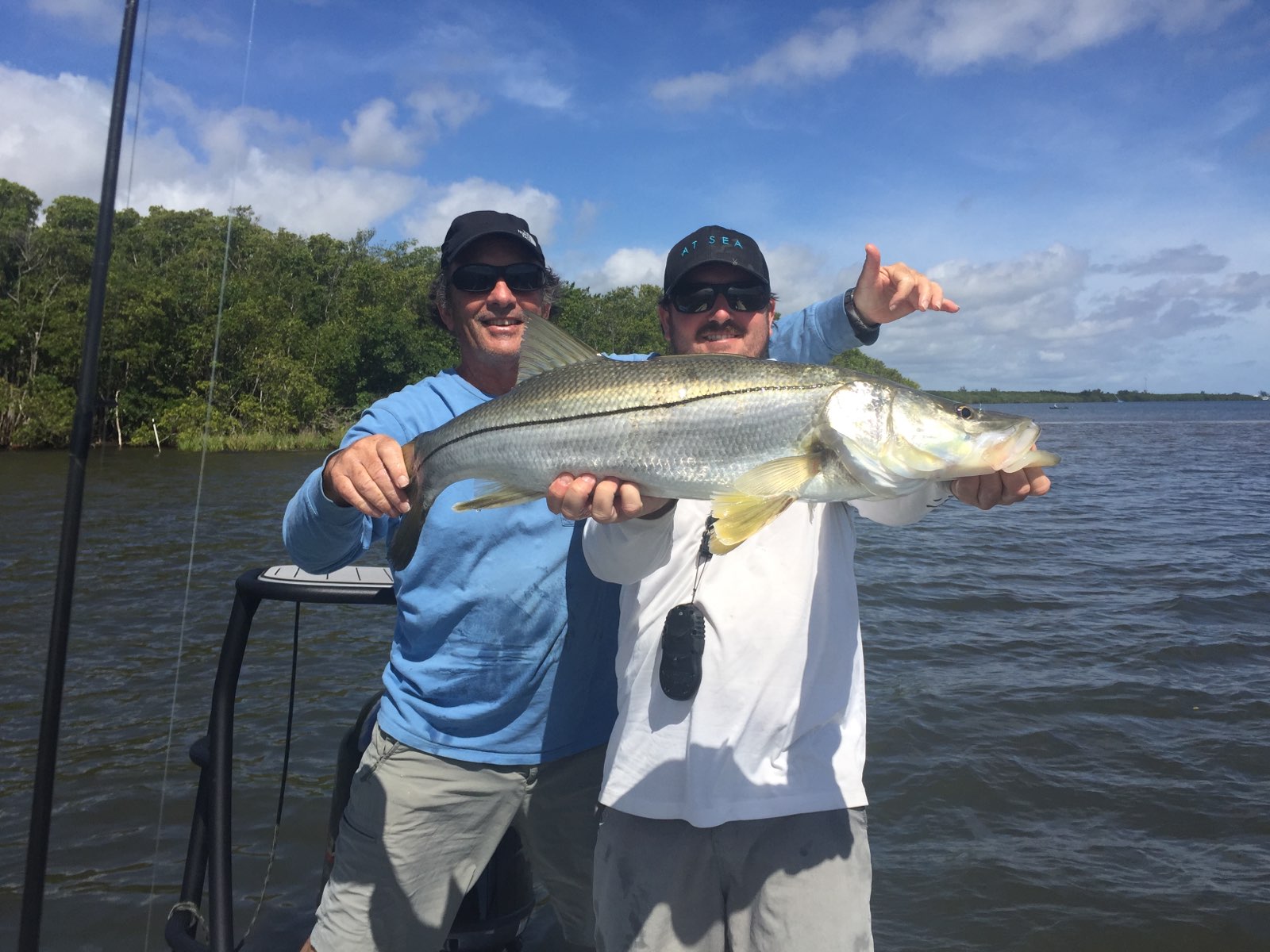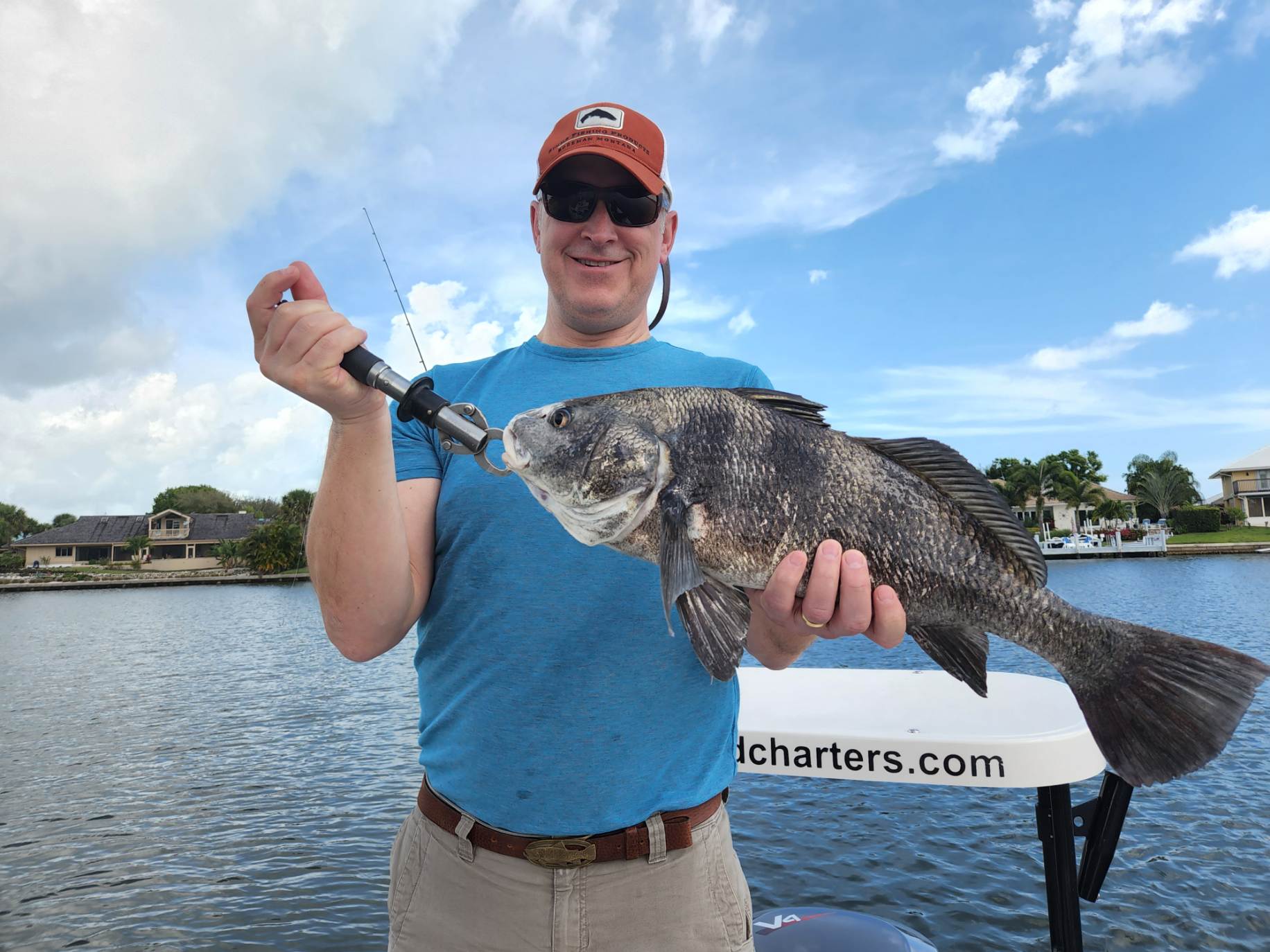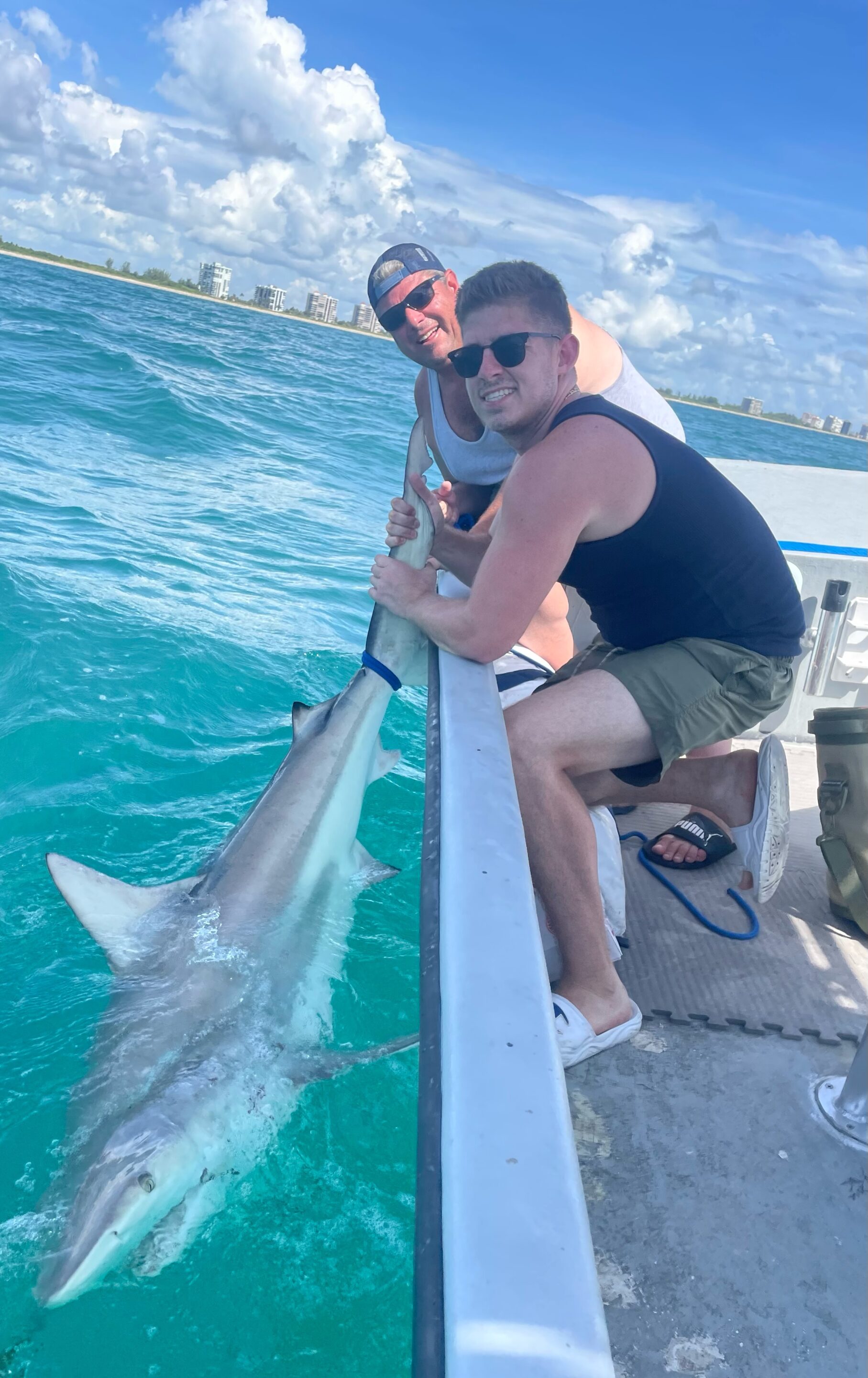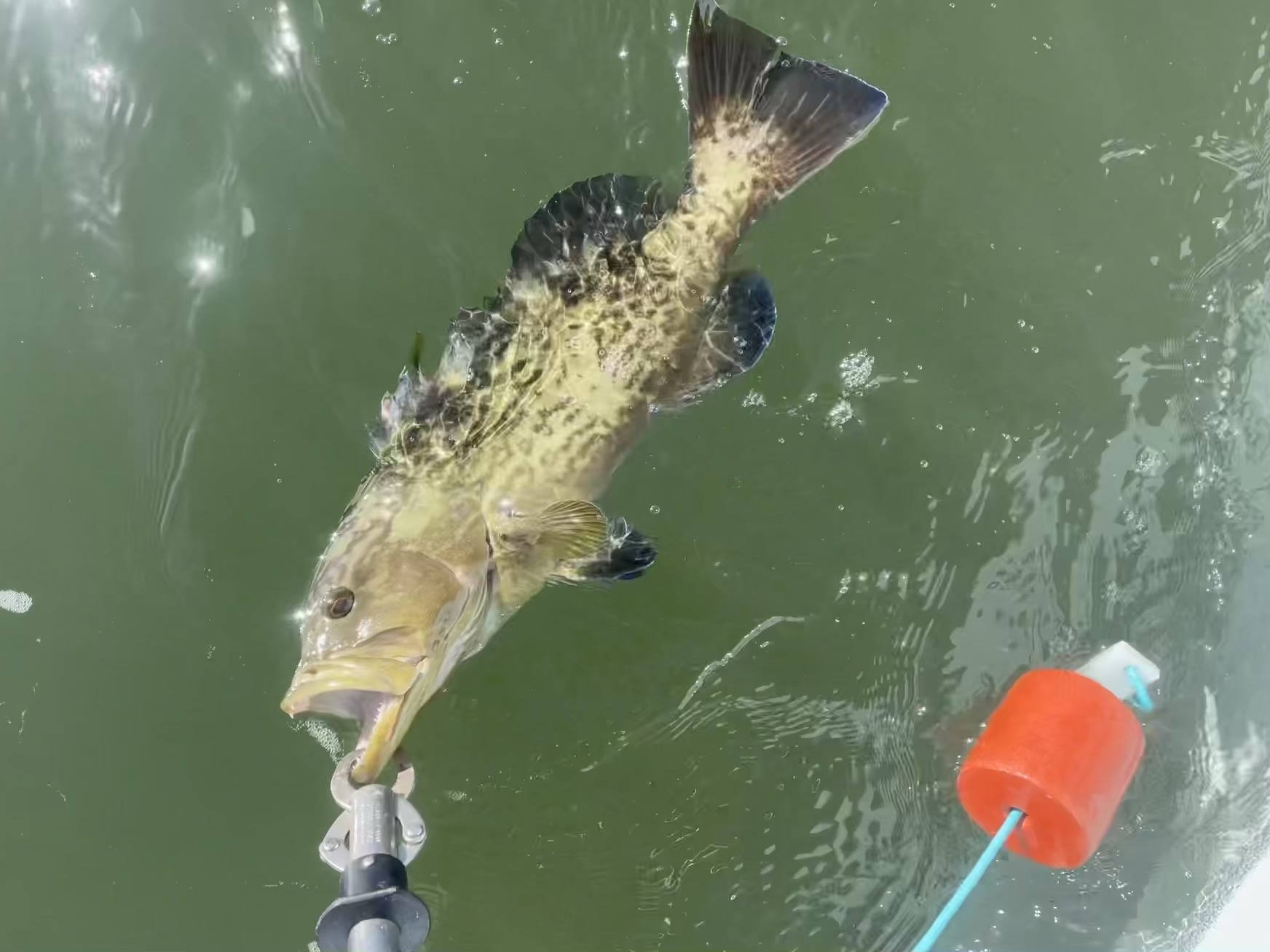
HOW TO CATCH & RELEASE FISH
At Vero Tackle, fish are our business partners. In light of new redfish catch and release regulations that went into effect earlier this month, we decided to create a comprehensive guide to responsible catch and release fishing.
When fish are correctly caught and released, the survival rate for most species is over 95%. Keep reading to learn what causes death in released fish and how you can prevent it.
WHY DO SOME RELEASED FISH DIE?
Many anglers believe a fish will live if it swims away after being reeled in, but that’s not always the case. Fish can sustain fatal injuries and physiological stress that lead to their death hours or days after they bite the hook.
Some of the most common injuries are caused by hooks or mishandling. These can include internal punctures or tears, external wounds to the gills or eyes, loss of their protective slime coat, a broken isthmus (AKA fish jaw), or internal organ displacement.
Even without any apparent injuries, fish can suffer from physiological stress brought on by the encounter. This could take the form of physical exhaustion from the fight, lactic acid buildup from exertion, or barotrauma.

FISH-FRIENDLY TACKLE CHOICES
A few simple tackle swaps and additions can automatically reduce the risk of fatally injuring a fish.
HOOKS
Switching to barbless hooks makes hook removal easier and lowers the chances of an internal rip or tear. If you already have a bunch of barbed hooks, you can use pliers to flatten the barb.
Circle hooks are widely considered safe for fish because they set along the fish’s jaw more often than not, which greatly reduces the chances of deeply hooking a fish.
Avoid the use of treble hooks whenever possible; you can use pliers to remove excess hooks from lures with pre-attached treble hooks.
When you’re shopping for new hooks, opt for materials like steel and bronze, which are less harmful to fish than stainless steel, cadmium-plated, and nickel-plated hooks.
SPECIES APPROPRIATE GEAR
If you’re fishing for a slob snook, don’t use lightweight tackle. Always verify that your rod, reel, and line are in the appropriate weight class for your target species. This will help you end the fight quickly and save the fish from physiological stress.
DEHOOKING TOOLS
To further ease the dehooking process, you can use a dehooking tool. These tools use gravity to remove the hook without the need for you to touch the fish or take it out of the water.
CATCH & RELEASE NETS
Another great fish-friendly accessory is a catch and release net. These gently support the fish in the water while you remove hooks or measure the fish, but keep in mind that they’re not meant to be used for holding the fish long-term.
DESCENDING DEVICES
Anglers fishing at depths of 30ft or more should have descending devices onboard their vessels. These devices help fish recover from barotrauma, and they’re required by Florida law.
CHOOSE FISH-FRIENDLY LOCATIONS
Fish can suffer injuries from a fall, even if they land in water.
If you intend to release your catch, avoid fishing from places like tall piers and bridges. A long drop can be deadly to large fish and particularly sensitive species.
Similarly, avoid fishing in places with structural hazards like rocks in the release area. If you must fish from areas like this, we recommend keeping the fish in the water and walking it to a safe location before removing the hook and releasing it.
Safe fishing locations will be close enough to the water that you can place the fish in the water rather than drop it (or, ideally, keep them in the water). A shoreline, short pier or bridge, or a small boat are all fish-friendly locations.

RESPONSIBLE FISH-HANDLING TIPS
You can take a number of easy steps to reduce the risk of harm to your catch. Here’s a quick breakdown of catch and release best practices:
SET THE HOOK IMMEDIATELY
First, set the hook as soon as the fish bites. The fish can’t swallow the hook if it’s already stuck in its lip. If you’ve opted for barbless hooks, this will also keep the fish from getting away—don’t give it any slack.
REEL THE FISH IN FAST
Once hooked, don’t prolong the battle. Land the fish as soon as possible to avoid exhausting it or causing lactic acid buildup. This is where your species-appropriate tackle comes into play.
LEAVE THE FISH IN THE WATER
Try to keep the fish in the water. They need to breathe to recover from fighting you, but they can’t if they’re not in the water. Every second out of the water is risky, but their survival chances plummet after 60 seconds.
DON’T REMOVE DEEPLY-LODGED HOOKS
If the hook is deeply lodged within the fish, cut the line as close to the hook as possible. The fish has a better chance of rejecting, expelling, or encapsulating the hook than recovering from a rip or tear, especially if the hook is attached to its stomach or another internal organ.
AVOID TOUCHING THE FISH
It’s best to avoid touching the fish during the encounter, but if you must touch it, wet your hands first. This will help the fish retain its slime coat, which protects it from parasites and infections. Never touch its eyes or gills.
HOLD FISH HORIZONTALLY
If you remove the fish from the water, support its weight horizontally. Never hold the fish vertically or dangle it from its jaw. A vertical position is unnatural for the fish, and gravity can displace its organs. Fish jaws are fragile and can’t support the weight of the fish. A fish with a broken jaw will die of starvation a few days later.
DO NOT THROW THE FISH
When it’s time to release the fish, don’t throw or toss it back into the water. Gently place it headfirst into the water and let it swim away on its own.
REVIVE THE FISH IF NEEDED
If the fish seems lethargic and does not swim away immediately, support it and gently rock it back and forth in the water until it has the energy to leave by itself.

FINAL THOUGHTS
Catch and release is an important practice. It can help species like redfish bounce back from population decline and prevent other species from facing the same challenges.
As you can see, there are many ways to increase the survival chances of your released fish. Using fish-friendly tackle, fishing from responsible locations, and using proper handling techniques will benefit any fish you release.
The more anglers follow these methods, the more fish we’ll have for future generations to enjoy.
Author: Lauren Hamers
